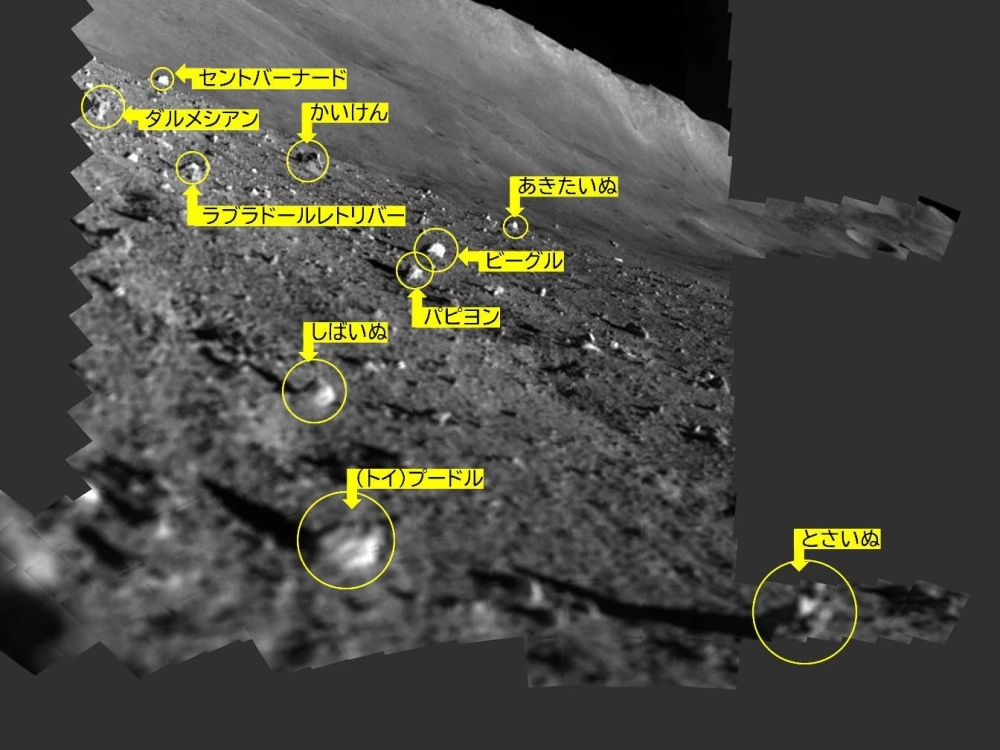Japan's space agency encountered a setback with its Smart Lander for Investigating the Moon, also known as SLIM, when the lander failed to respond to a signal sent Monday evening.
The resilient lunar lander has defied expectations by surviving multiple long, cold lunar nights that typically doom other landers. However, the Japan Aerospace Exploration Agency (JAXA) indicated on SLIM’s official X account that the harsh and relentless conditions “might finally be showing” their effects.
SLIM’s journey has been one of remarkable tenacity. During its landing on Jan. 20, one of its two engine nozzles fell off and it landed upside down, with most solar cells facing away from the sun.


















With your current subscription plan you can comment on stories. However, before writing your first comment, please create a display name in the Profile section of your subscriber account page.